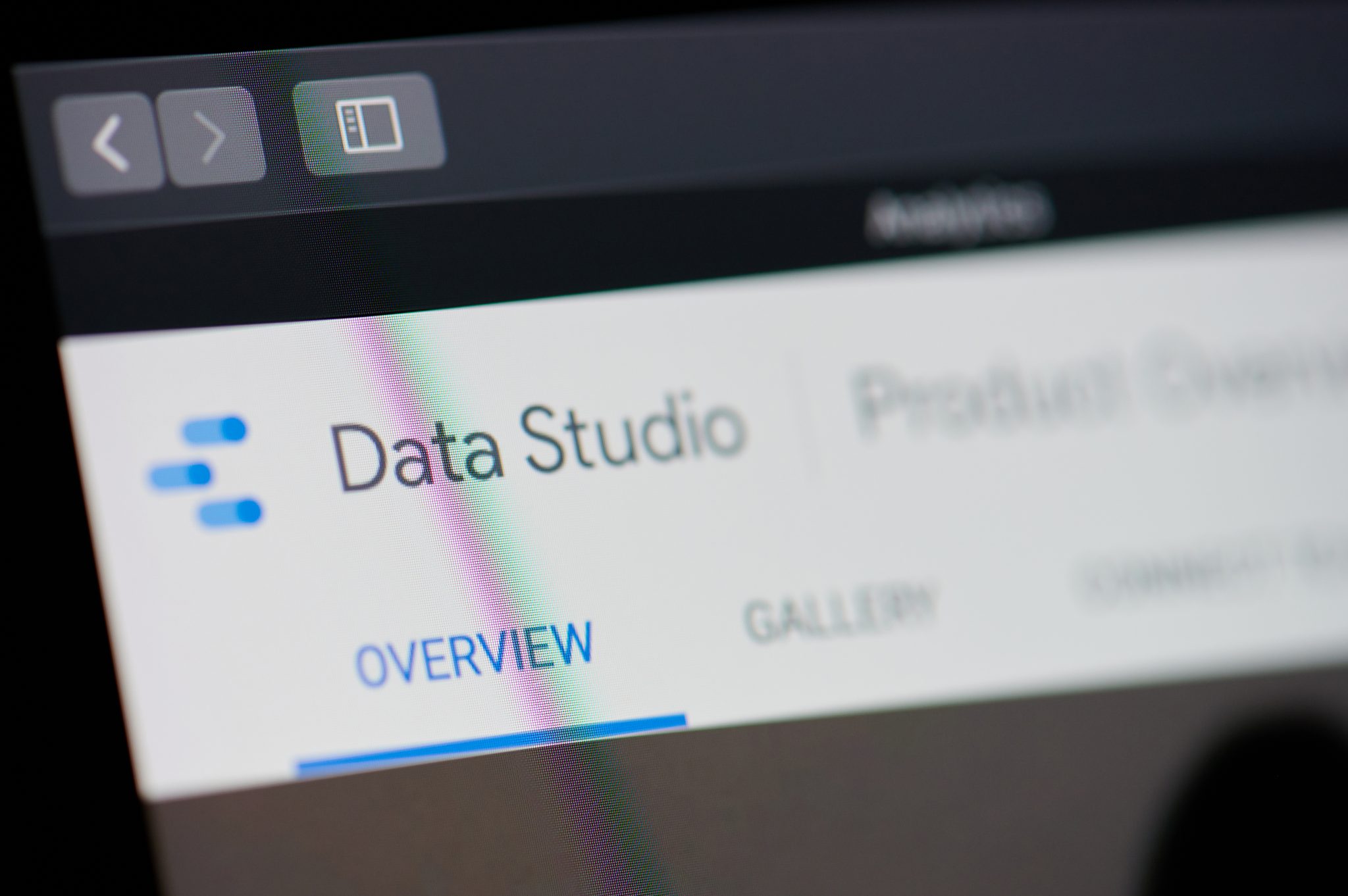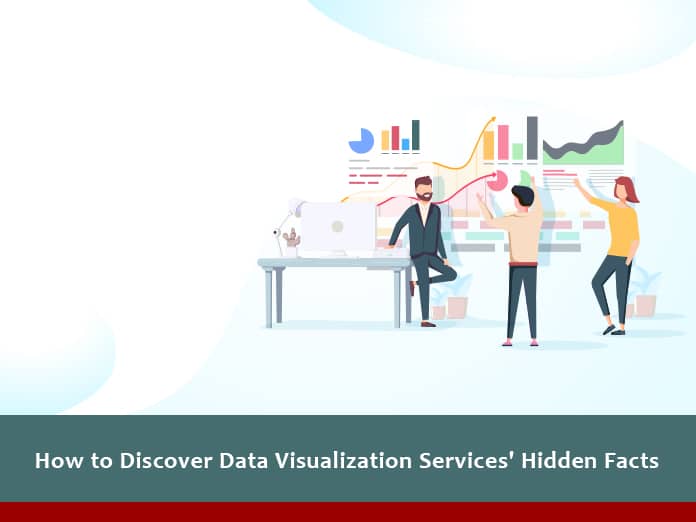Hi everyone,
Hope you are doing well, welcome back to Loginworks’ blog.
Our team hopes that you have read and liked our previous blog posts. If you have not read them till now, you are missing out on some vital information as we love to write about new topics in data-related fields. This time we are back with a new technical post about the hidden facts of data visualization services.
Jump to Section
Data Visualization: A Brief Introduction
Data visualization is a graphical representation of data. It enables decision-makers to see analytics visually so that they can grasp difficult concepts and patterns quickly. With interactive dashboards, you can take the concept a step further by using technology to drill down into charts and graphs for more detail. Moreover, in turn, interactively changing what data you see and how it is processed.
It is easy to grasp the concept with data visualization, as it helps in making sense of large amounts of data. It’s not as easy to understand what happens next, what type of technology do you need, and how it will be helpful.
Analytical technology helps you prepare data, create reports and graphs, discover new insights, and share those visualizations with others via the Web, PDFs, or mobile devices. Before implementing new tools and technology, there are some steps you need to take. Not only do you need to have a solid grasp of your data, but you also need to understand your goals, needs, and audience.
While setting up your organization for using data visualization tools and technology, it’s necessary that you first:
- Understand the data you’re trying to visualize, including its size, data format, and the uniqueness of data values in a column.
- Determine what you’re trying to visualize and what kind of information you want to communicate.
- Know your audience and understand their requirements and also know how data will be processed to represent visual information.
- Use dashboards and charts that convey the information in the best and simplest form for your audience.
Use of Data Visualization in Industries
- Healthcare
- Logistics,
- Travel,
- Transport,
- Real estate,
- Retail,
- Pet industry,
- Recruitment,
- Education,
- Agriculture,
- Banking,
- Finance,
- Fitness,
- Food,
- E-commerce,
- Automotive.
For enhancing data visualization, these industries require visualization tools that provide an accessible way to see and understand trends and outliers.
Therefore, multiple business intelligence tools are available that are used for visualization services. These include:
Power BI
Power BI is a business intelligence platform created by Microsoft. It helps in creating interactive graphs and charts in the form of dashboards and reports to gain business insights. You can elevate your insights, discover opportunities, and experience the power of data throughout your analytical journey. Power BI is a tool that can answer all your questions, share what you discovered, and make your most compelling partner in achieving your goals.
Classification of Power BI Plans
- Free: It allows us to connect with hundreds of data sources, and its free tool comes with Office 365 plan.
- Pro: It’s a paid tool that provides features of more data storage, better data refreshes, data sharing, and data collaboration.
- Premium: It’s an upgraded version of Power BI free and Power BI Pro and is also costlier. The tool provides an advanced feature, which provides its processing environment, more storage, can work with a larger data set, and can share data set without purchasing a per-user license.
Tableau
Tableau is widely used in the data and business intelligence industry. It is a business intelligence tool that helps with data formatting and cleaning to get the best insights from data in the form of dashboards and worksheets. Also, it provides multiple tools that allow us to drill down data and shows the effective impact of visual format that can be easily understood. Moreover, It also provides real-time data analytics and cloud support.
 Types of Tableau Product
Types of Tableau Product
- Tableau Desktop,
- Tableau Public,
- Tableau Reader,
- Tableau Server,
- Tableau Online.
In summary, Tableau connects to multiple data sources from files and servers. You can work on various file formats, such as CSV, JSON, TXT, Excel, or even get your data imported from servers like Tableau Server, MySQL, PostgreSQL, SQL Amazon Redshift, and many more.
Google Data Studio
Google Data Studio is a reporting tool provided by Google and is free for Google account users and Google Cloud platforms. It provides features to create a dashboard that is easy to use, customize, and share. It allows you to transform your data into interactive graphs and charts in the form of dashboards and reports.

Furthermore, Google Data Studio offers 16 Google connectors to connect with it free of cost, as well as multiple partner connectors. Some of the connectors include:
- Postgre SQL,
- Google cloud storage,
- Youtube Analytics,
- MySQL,
- Google Ads,
- Adobe Analytics,
- AdRoll,
- Amazon Seller,
- Instagram,
- Analytics Canvas.
Qliksense
Qliksense (Qlikview) is a business intelligence tool. It has an easy and user-friendly interface. In brief, Qliksense also provides an advanced feature of storytelling. Snapshots and highlights are its best features. Therefore, Qliksense is the topmost BI tool.
Final Words
Let us know if there are any particular aspects of Power BI that would be of interest to you for consulting or project needs.
Please feel free to share your thoughts and suggestions in the comments section below. Feel free to share our blog on your social media. Happy learning!
What do you think about that, then? Come and start your journey with Loginworks Softwares.
- Business Intelligence Vs Data Analytics: What’s the Difference? - December 10, 2020
- Effective Ways Data Analytics Helps Improve Business Growth - July 28, 2020
- How the Automotive Industry is Benefitting From Web Scraping - July 23, 2020



 Types of Tableau Product
Types of Tableau Product